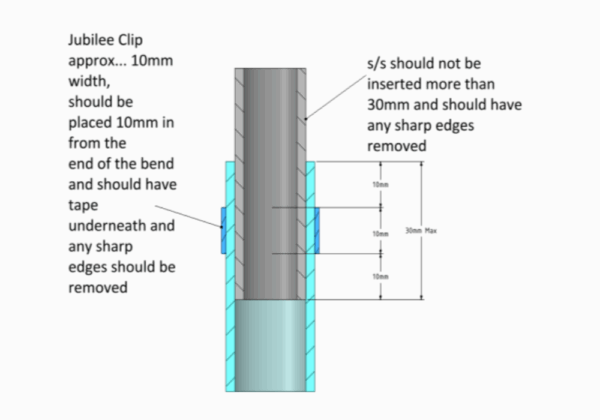Proper installation of silicone tubing is essential to ensure reliable performance, long lifespan, and hygienic operation, particularly in demanding environments (for example milking parlours). At Silclear, our high-performance silicone tubing is designed for ease of use and durability, but like any critical component, the way it’s installed can have a significant impact on performance and maintenance needs.
Here’s a step-by-step guide to help you fit your Silclear silicone tubing correctly, ensuring a smooth, stress-free setup from day one.
Why Proper Installation Matters
Silicone tubing plays a key role in fluid transfer systems, where hygiene, efficiency and durability are critical. Poor installation can lead to:
- Leaks or disconnections
- Cracked or stressed tube ends
- Reduced cleaning effectiveness
- Premature wear and failure
The good news? Our silicone tubing is easy to install, and no pre-heating is required. Just follow these simple steps to get it right the first time.
Step-by-Step: Installing Silicone Tubing
1. Choose the Correct Size
Before fitting anything, double-check that you’re using the correct inner diameter (ID) and wall thickness for your equipment. A proper fit should feel snug but not overly tight.
2. Always Check Before You Cut
Make sure the tubing aligns with your fittings and layout before making any cuts. Cutting prematurely can result in waste or incorrect lengths.
3. Avoid Overstretching
If the tubing is too tight, you’ll put excessive tension on the ends. Over time, this stress can cause cracking, leaks or deformities that compromise the seal.
4. Prepare Your Fittings
All fittings, whether metal or plastic, should be:
- Grease-free
- Smooth and clean
- Free from sharp edges
If needed, use emery paper to smooth out imperfections. Even minor roughness can tear silicone during or after installation.
5. Avoid Twists in the Layout
Lay the tubing into your operation without introducing bends or twists. These can reduce flow efficiency and increase strain on connection points.
6. Use the Right Clamps
If clamps are part of your setup, make sure they:
- Have no sharp or jagged edges
- Apply even pressure to the centre of the tube
- Are not over-tightened
We recommend using servo valves wherever possible, as they provide gentle and effective pressure control without damaging the silicone.
Common Installation Mistakes to Avoid
- Stretching the tubing to fit mismatched connectors
- Forcing the tubing over barbed fittings without softening the edge
- Over-tightening clamps, which can bite into the silicone
- Leaving twists or sagging sections in fluid transfer lines
Avoiding these issues helps extend the life of your tubing and keeps your operation running at peak efficiency.
Next Step: Keep It Clean
Once your tubing is fitted correctly, maintaining it is just as important. Proper cleaning keeps your pipelines hygienic and protects the silicone from premature wear or contamination.
Download our guide to cleaning & fitting silicone tubing
Need Advice or Support?
Whether you’re installing new silicone tubing or upgrading your fluid transfer operations, Silclear can help. With nearly 40 years of experience in high-grade silicone products, we’re trusted by businesses across the UK and beyond. To enquire, call us on +44 (0)1425 610700, email us at info@silclear.com, or enquire below.
Enquire about Silicone Tubing & Installation
Fill out the form below and we’ll be in touch to discuss your requirements.
“*” indicates a required field.

